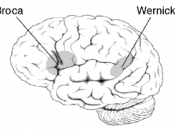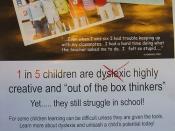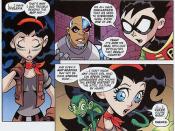Introduction
A.About five to six percent of American public school children have been diagnosed with a learning disability; eighty percent of the diagnoses are dyslexia-related. But some studies indicate that up to twenty percent of the population may have some degree of dyslexia.
1.Dyslexia, what is it?
2.Causes and Symptoms
3.Treatment
II.First Main Point:
A. Dyslexia is defined as a learning disability marked by impairment of the ability to read. In essence, it is a disability in which people jumble letters; for example, confusing God with dog or box with pox.
1. Most people think dyslexia is a condition that involves reading from right to left and reversing words and letters. While some people with dyslexia do have these problems, they are not the most common or most important characteristics of dyslexia. Experts say dyslexia has little to do with recognizing the visual form of words; rather, the brains of people with dyslexia are wired differently, making it difficult for them to break the letters of written words into the distinct sounds (or phonemes) of their language, a capability called phonologic awareness.
2.Dyslexia often comes with one or more other learning problems as well, including trouble with math, auditory processing, organizational skills, and memory. In addition to these problems dyslexics also have trouble with sequencing, poor memory, they may be a quick learner but also a quick forgetter.
3.Dyslexia can occur at any age. Scientist have done studies were many kids have the disorder at one point in life and then several years later they seem to not have any problems at all or vise versa.
III.Second Main Point:
1.Tends to run in families
2.Researchers have identified the genes that may be responsible for the condition.
3. Scientists have found specific...


